Post Polio Syndrome Fatigue
Post polio syndrome fatigue. A gradual decrease in the size of muscles muscle atrophy loss of muscle function. Persistent fatigue extreme tiredness. In the 1985 National Survey of 676 polio survivors 91 percent reported new or increased fatigue 41 percent reported fatigue significantly interfering with performing or completing work and 25 percent reported fatigue interfering.
Slowly progressive muscle weakness. They are now experiencing new symptoms such as. Fatigue pain in muscles or joints.
Primary endpoint fatigue was assessed using the Fatigue Severity Scale as the main outcome measure. Fatigue is the most commonly reported most debilitating and least studied Post-Polio Sequelae PPS affecting the more than 163 million American polio survivors. Six-month and 18-month reexaminations found that the patient was compliant with the assistive device reported a 30 reduction in fatigue and walked with a more upright posture for longer distances in a shorter period of time.
Understanding and Treating Post-Polio Syndrome and Chronic Fatigue. There is a need for validated questionnaires to assess fatigue in PPS for use in clinical practice and research. The same symptoms may also.
An outcome measure not previously documented in the post-polio literature was used to measure the patients perceived fatigue. Symptoms typically occur 15 to 30 years after an initial acute paralytic attack. The cause of fatigue the most common and disabiling symptom in these patients is unknown and there is no effective treatment.
Patients who develop fatigue weakness muscle pain or atrophy and functional loss at least 15 years after recovering from polio and whose symptoms cannot be attributed to another cause may be eligible for this study. In addition to physical incapacitation the fatigue of. The aim was to investigate the prevalence of restless legs syndrome RLS fatigue and daytime sleepiness in a large cohort of patients affected by post polio syndrome PPS and their impact on patient health-related quality of life HRQoL compared with healthy subjects.
Some individuals experience only minor symptoms while others develop visible muscle weakness and atrophy. PPS is a motor neuron disease experience by more than 400000 Americans characterized by new weakness and intense fatigue.
Unlike poliovirus PPS is not contagious.
To determine if modafinil can improve fatigue in patients with post-polio syndrome. Fatigue is the most commonly reported most debilitating and least studied Post-Polio Sequelae PPS affecting the more than 163 million American polio survivors. Fatigue pain in muscles or joints. The cause of fatigue the most common and disabiling symptom in these patients is unknown and there is no effective treatment. Starting about 15 to 40 years after the initial infection people affected by. PPS affects people who had acute poliomyelitis 15 to 50 years ago. In addition to physical incapacitation the fatigue of. Slowly progressive muscle weakness. To determine if modafinil can improve fatigue in patients with post-polio syndrome.
Among the symptoms fatigue is one of the most frequent and debilitating. A gradual decrease in the size of muscles muscle atrophy loss of muscle function. The aim of this booklet is to help people with post-polio syndrome PPS relieve their symptoms and stay independent in particular by providing advice on fatigue management and exercise. Post-polio syndrome is a group of latent symptoms of poliomyelitis occurring at about a 2540 rate. Patients who develop fatigue weakness muscle pain or atrophy and functional loss at least 15 years after recovering from polio and whose symptoms cannot be attributed to another cause may be eligible for this study. Unlike poliovirus PPS is not contagious. These symptoms are caused by the damaging effects of the viral infection on the nervous system.

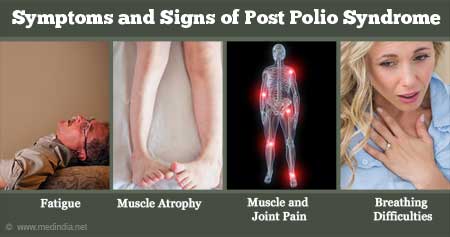


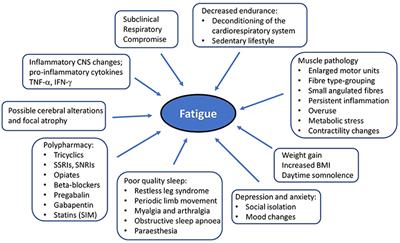

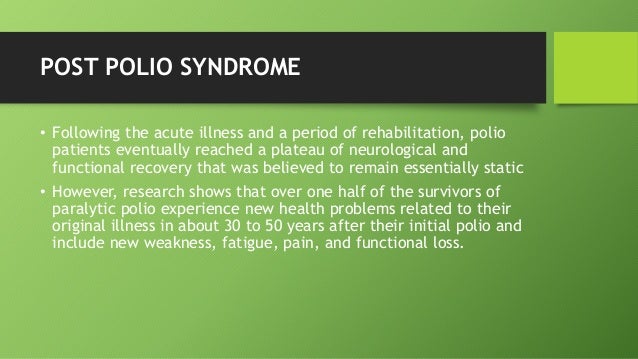



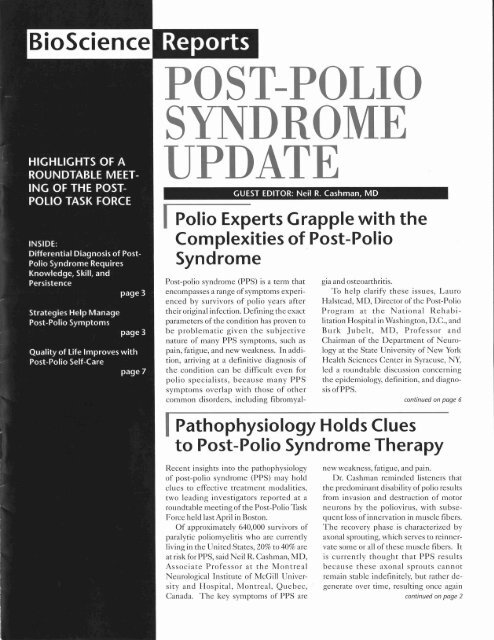



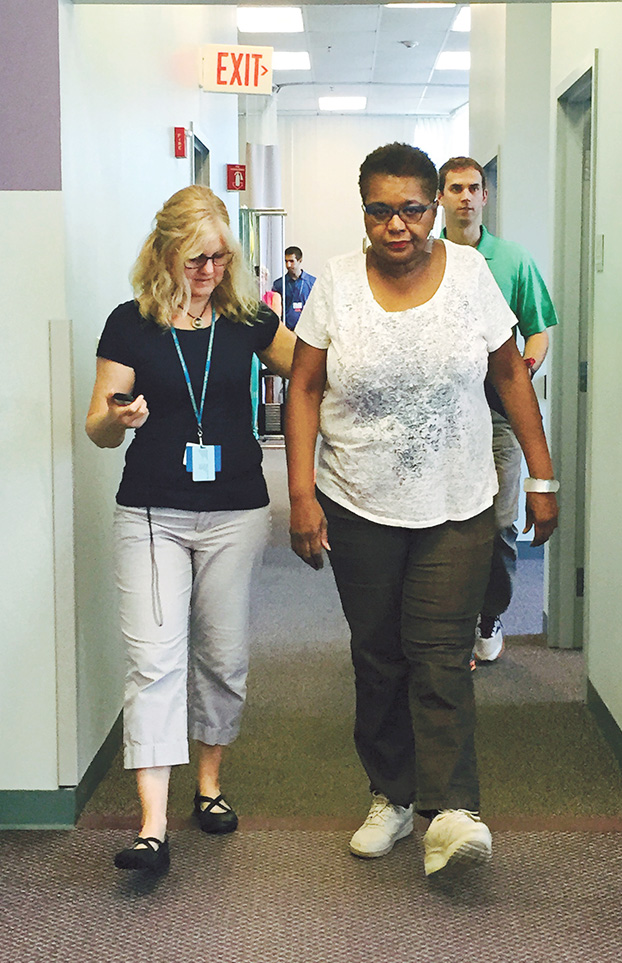
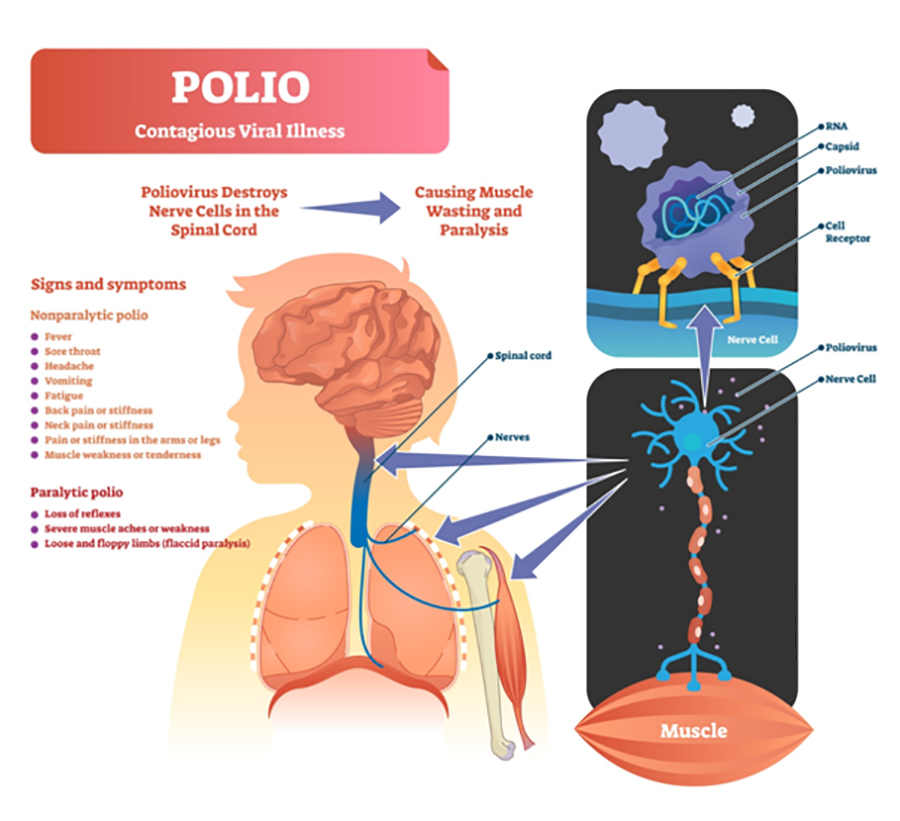



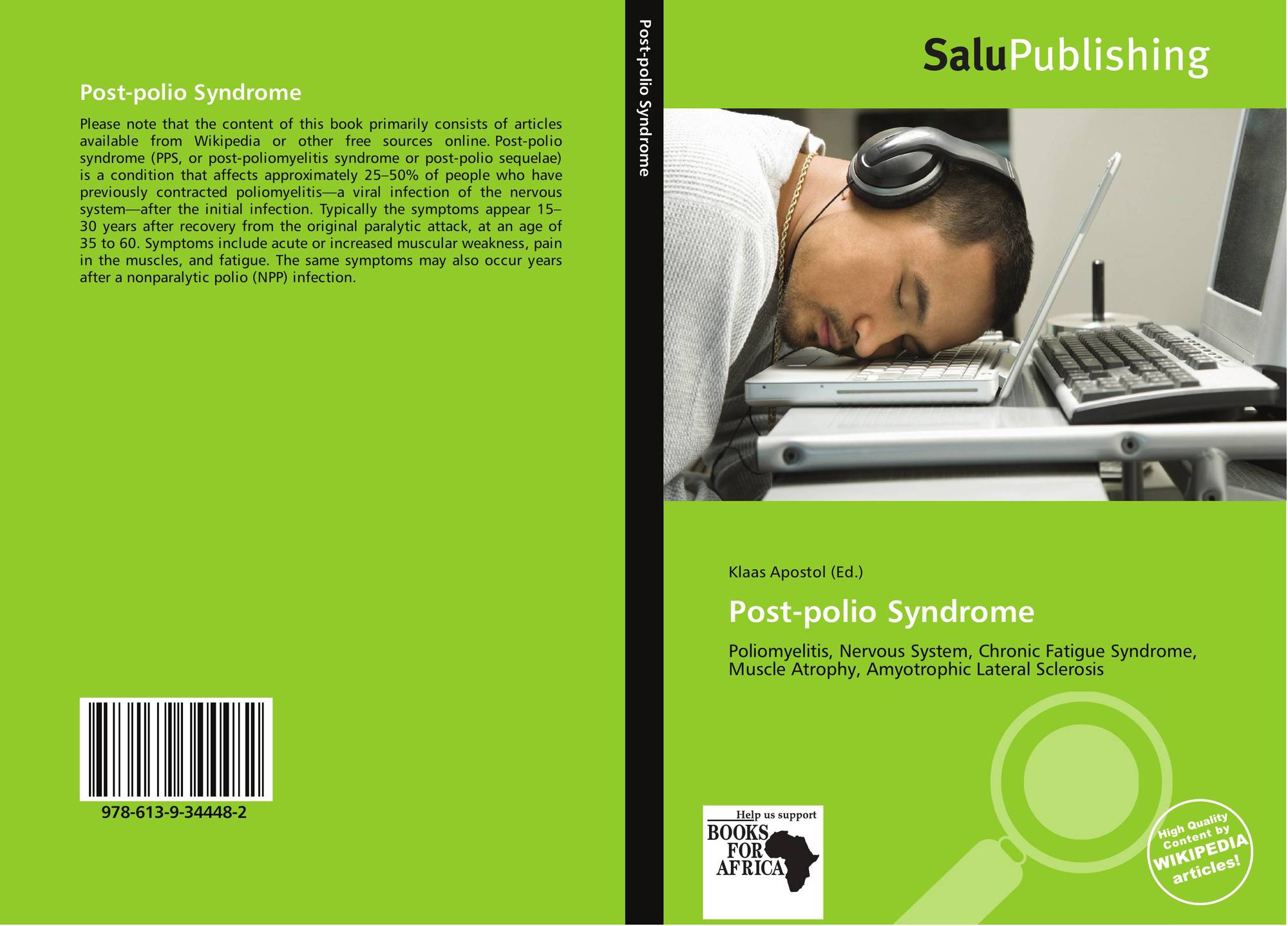






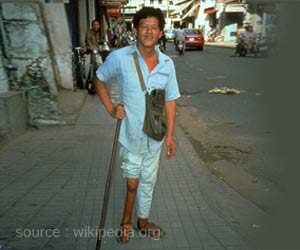


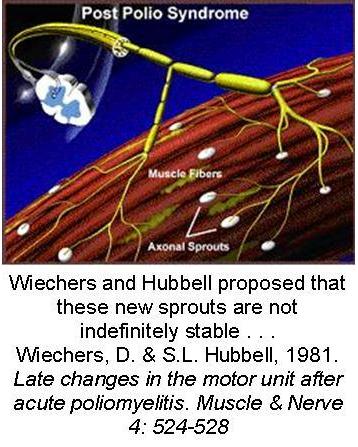
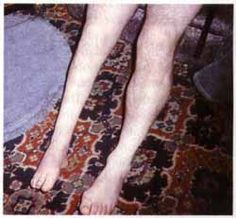








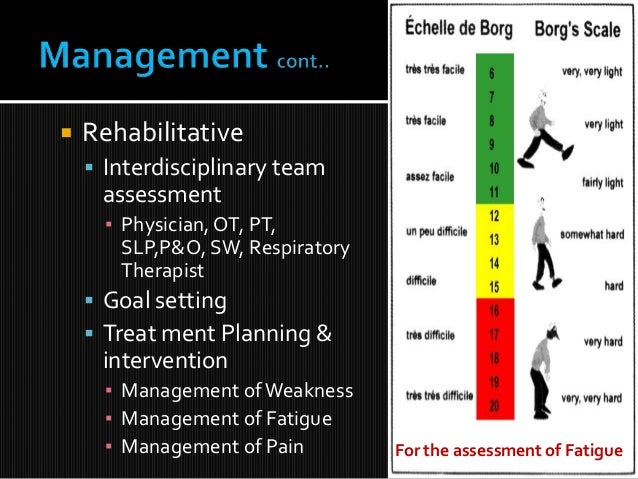

Post a Comment for "Post Polio Syndrome Fatigue"